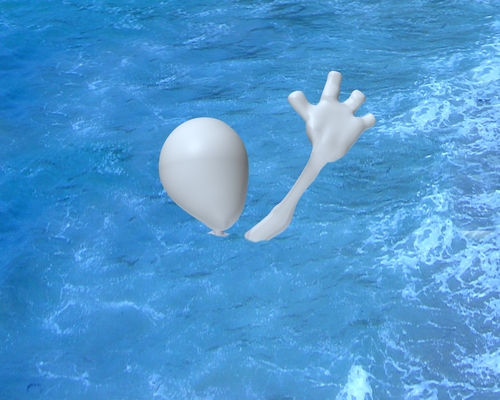
It is encouraging to see so many of our clients investing for the future again—identifying areas of opportunity, developing innovation and M&A roadmaps, brainstorming novel ideas, and creating product concepts for future testing.
The upside of these projects is they always work — that is, we always uncover unmet needs and generate novel ideas. The downside to these projects is they always work. In short, innovation assignments can be like drinking from a firehose.
Oftentimes, the success of these projects is wrongly judged by quantity of output. Lack of content is rarely the issue; maintaining focus on the opportunities is the secret sauce.
Consider this typical outcome of an innovation assignment: 50 in-depth interviews generate 200+ need statements. Internal synthesis and a quantitative study reduce this down to 20 broad needs. In ideation, these 20 needs are then expanded to 200+ ideas.
After an innovation assignment, the organization begins the meticulous process of vetting ideas. What were once considered “great ideas” get shifted around based on feasibility, cost to develop, timelines, and the business case.
Research from the Kellogg School at Northwestern shows the creative process really does not (and should not) end after formal ideation. In fact, the process of vetting existing ideas often generates even more new and novel solutions.
This continuous cycle of divergence—convergence—and divergence is a lot to manage and can bog things down. The remedy: stay focused on the Opportunity Areas (OAs).
The key deliverable of any innovation assignment is validated OAs. In short, OAs are the focus areas of your innovation roadmap. OAs emerge from a common bundle of unmet needs (where customer intensity is high and satisfaction with current options is low). Some organizations refer to these as platforms. Regardless of what you call it, OAs are the strategic glue that holds everything together.
The secret is to make a commitment to the OAs and stay focused on them as existing ideas are vetted and new ideas emerge. Where organizations run into trouble is they lose focus of the OAs and get swallowed up by an ever-growing pool of ideas.



